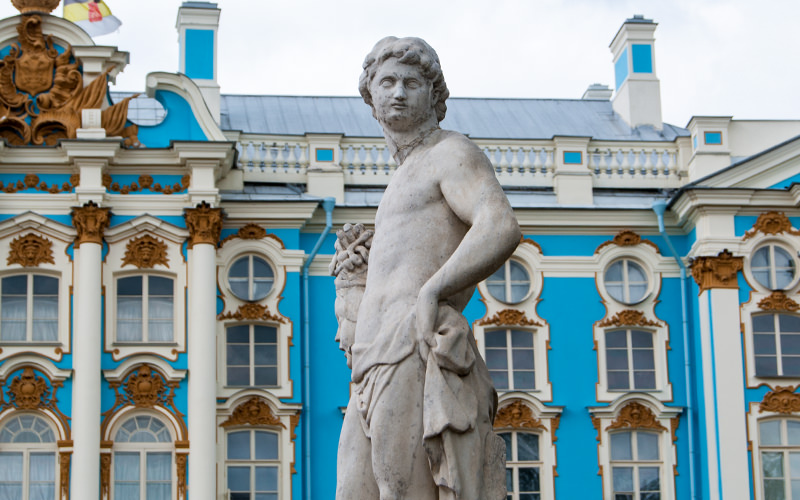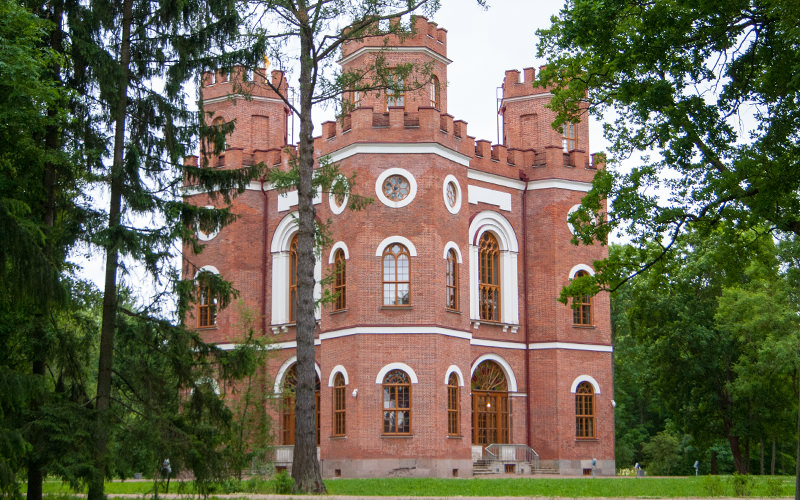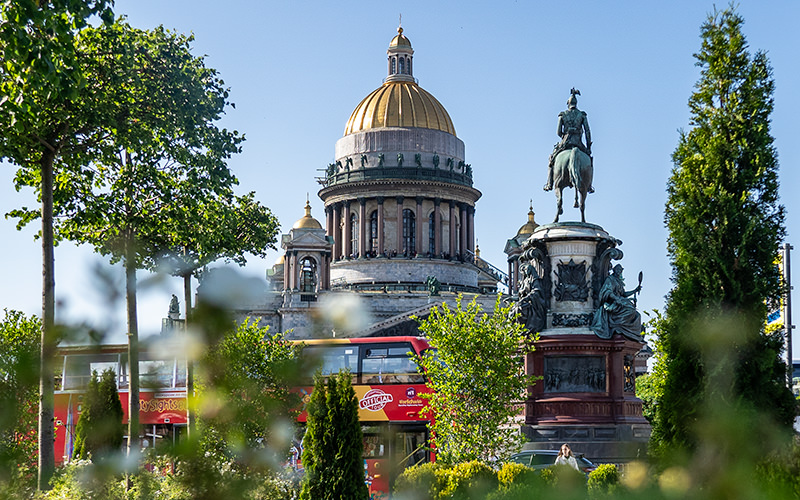Previously, we wrote about visiting the Botanical Garden in St. Petersburg. If you want to know how to get to the garden, its operating hours, and ticket prices, check out our earlier post. Today, we want to talk about one of the garden's tours—the water route.
How to Join the Tour
Tickets can be purchased at the ticket office, just like regular admission tickets. The cost to enter the garden is 100 rubles, and a ticket for one guided tour of your choice is 300 rubles (summer 2018). The garden offers three different tour routes: tropical, subtropical, and water. You can choose your tour and time of visit at the ticket office. The cashier will mark the selected time on your ticket. After that, you need to go to the tour meeting point. Simply follow the signs.
As far as we know, the garden also offers a tour of the Japanese Garden. Tickets for this tour are sold only electronically; check the website for more information.
So, let's start from the meeting point. The group is small, about 15 people. The tour is divided into two stages. First, the route takes you through the open area of the dendarium. The guide will talk about the history of the St. Petersburg Botanical Garden and the record-holders—the oldest trees in the garden.
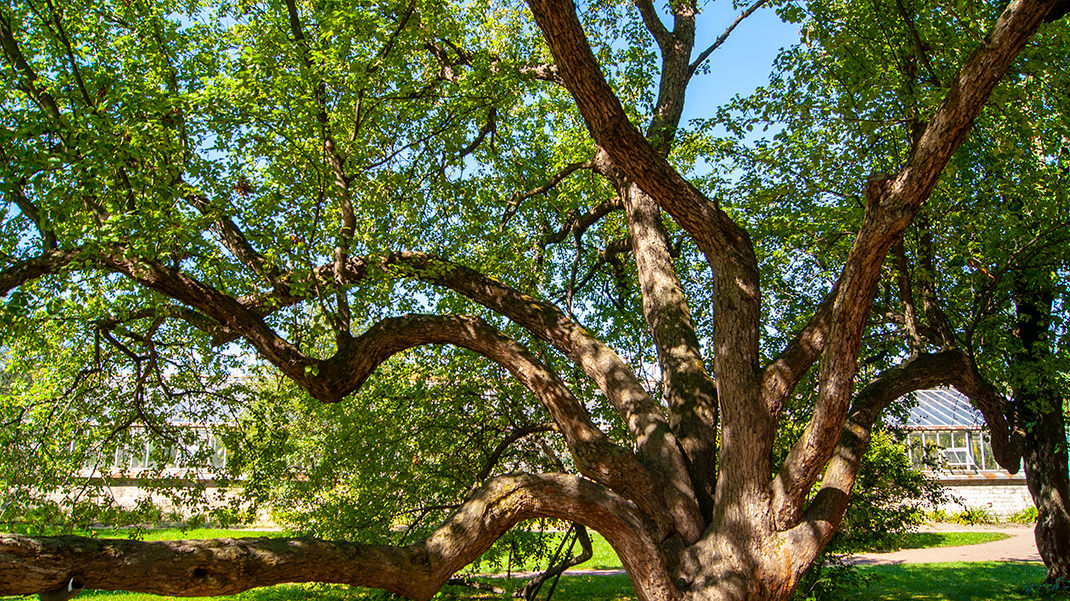
The next part takes place in the closed greenhouses. These structures are rightfully a source of pride for the Botanical Garden. It’s a tropical paradise in a northern city. The tour is conducted in three rooms: the mangrove, large palm, and Victoria greenhouses.
In the mangrove greenhouse, you can see aquatic tropical plants. Also growing here is the Nepenthes, a tropical carnivorous plant resembling a pitcher.
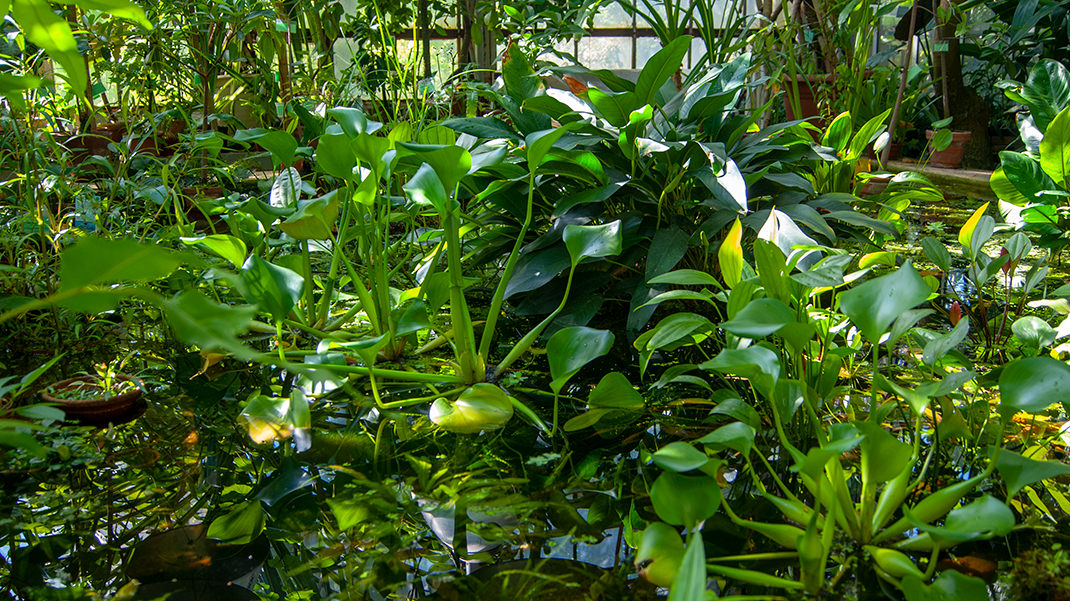
The palm greenhouse is the tallest in the garden, standing at 23 meters. It hosts many species of palms. One of them has an interesting story, which you can easily identify by its George ribbon. In 1941, an enemy shell hit the greenhouse, shattering all the glass. 99% of the plantings were destroyed. This palm is one of the few surviving plants.
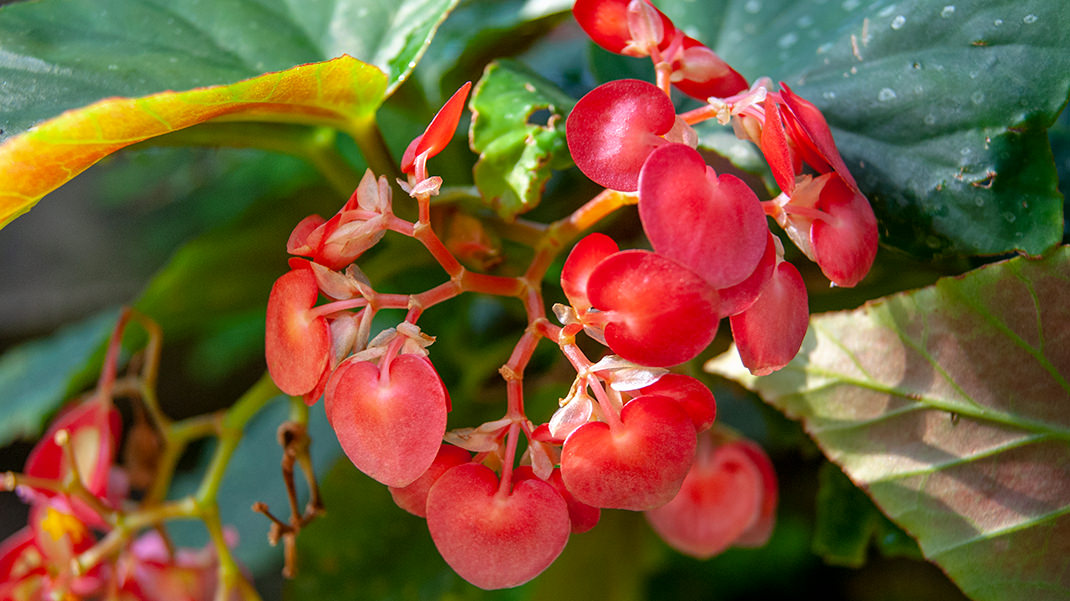
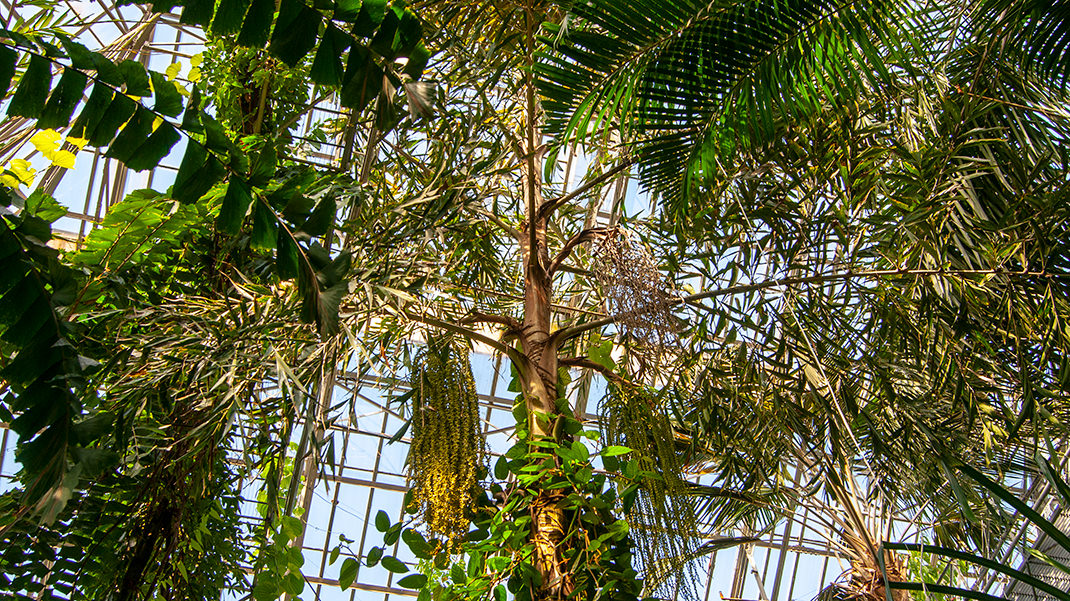
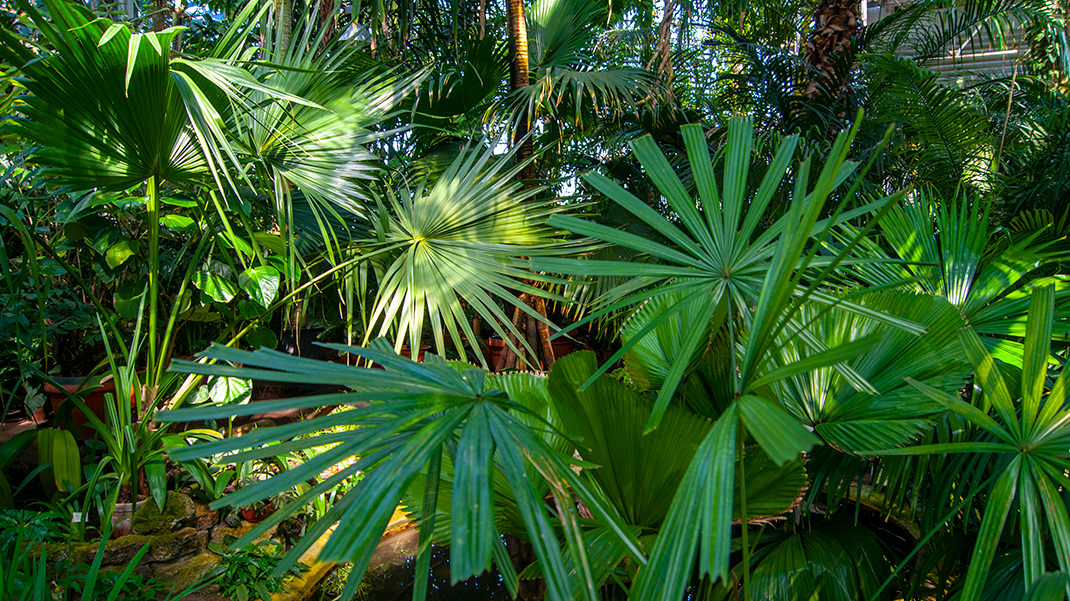
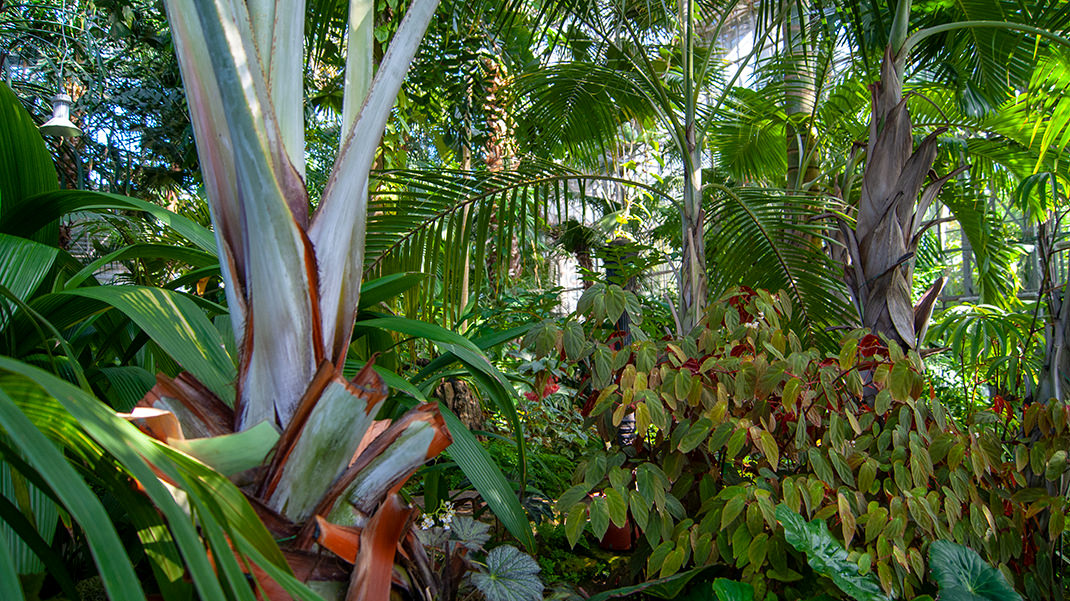
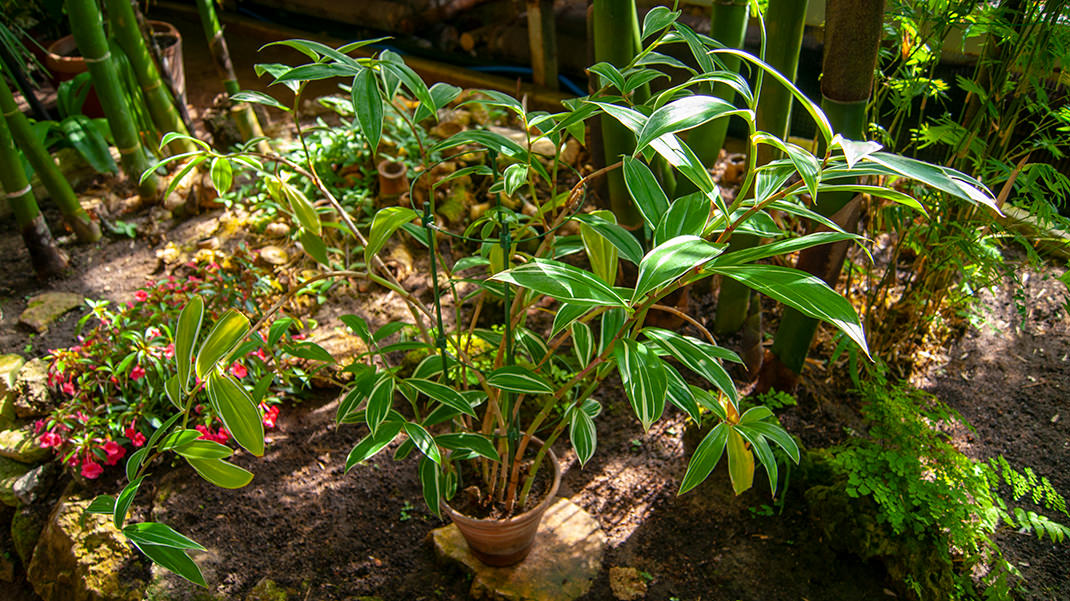
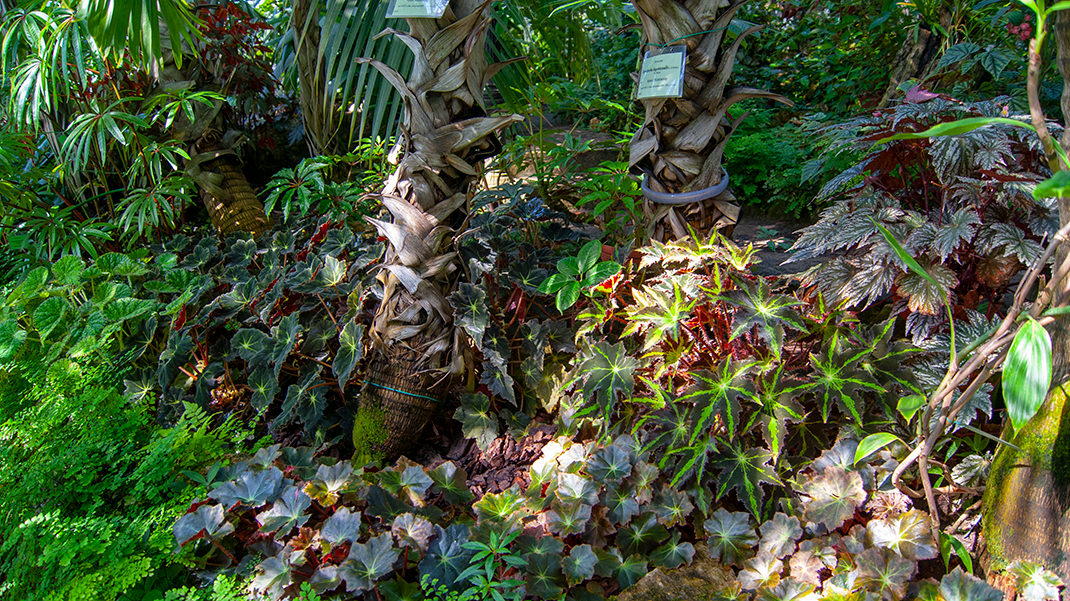
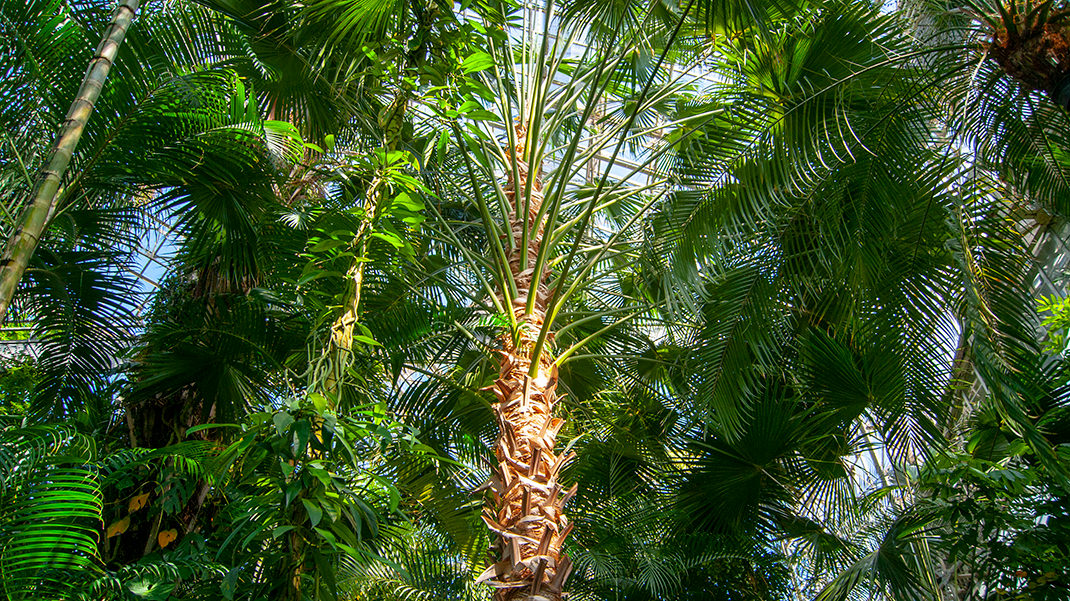
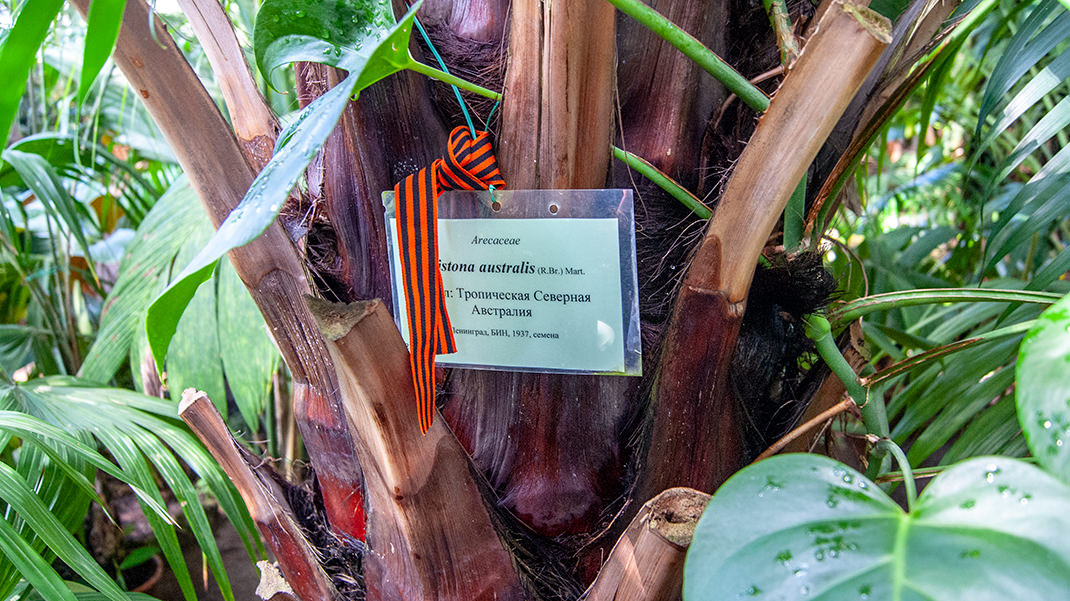
The final part of the tour takes place in the Victoria greenhouse. It is named after its main inhabitant—the Victoria amazonica. This plant looks stunning. By the way, its leaves can reach up to two meters in diameter. In this room, you can also see other aquatic plants—rice, papyrus, sugarcane, and beautiful lotuses.
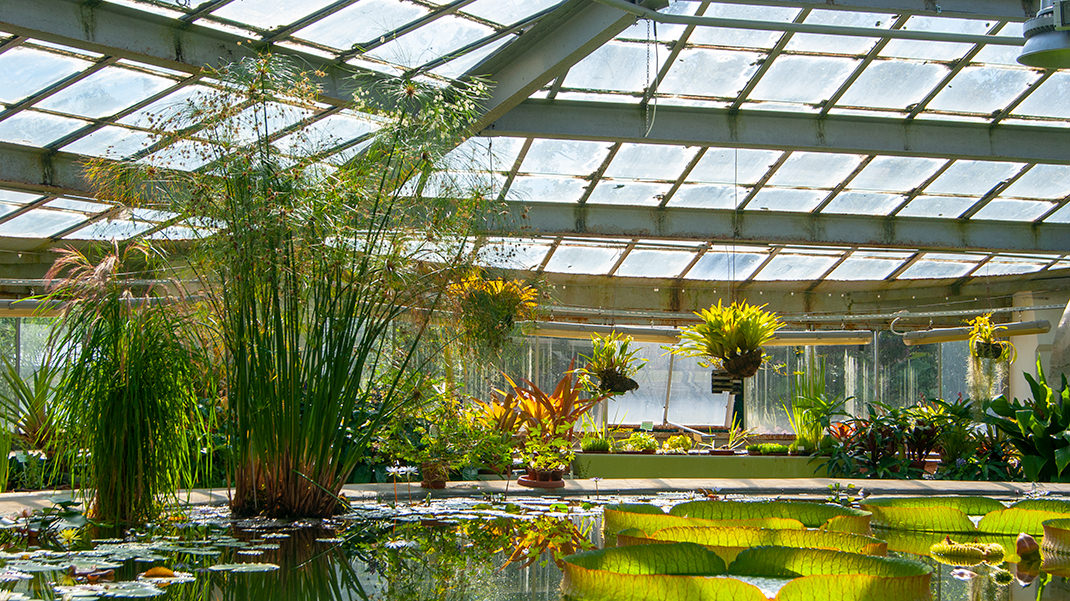
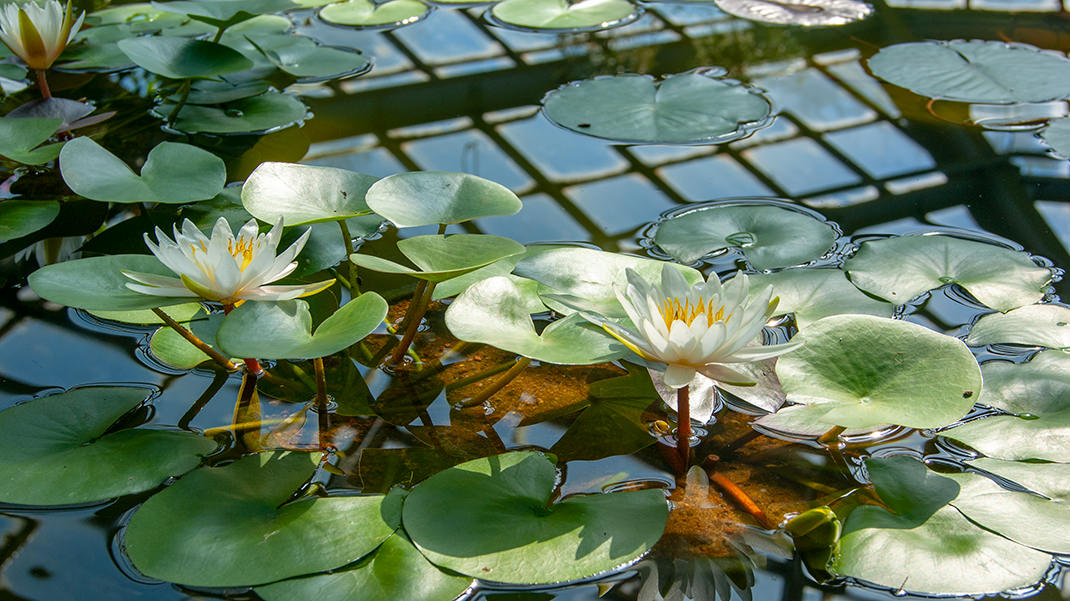
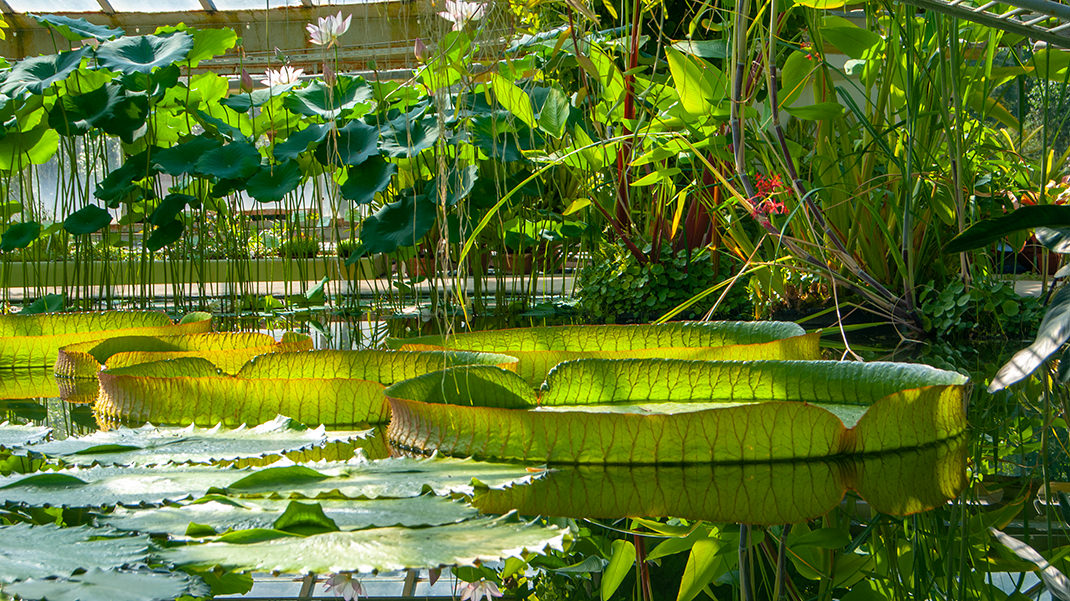
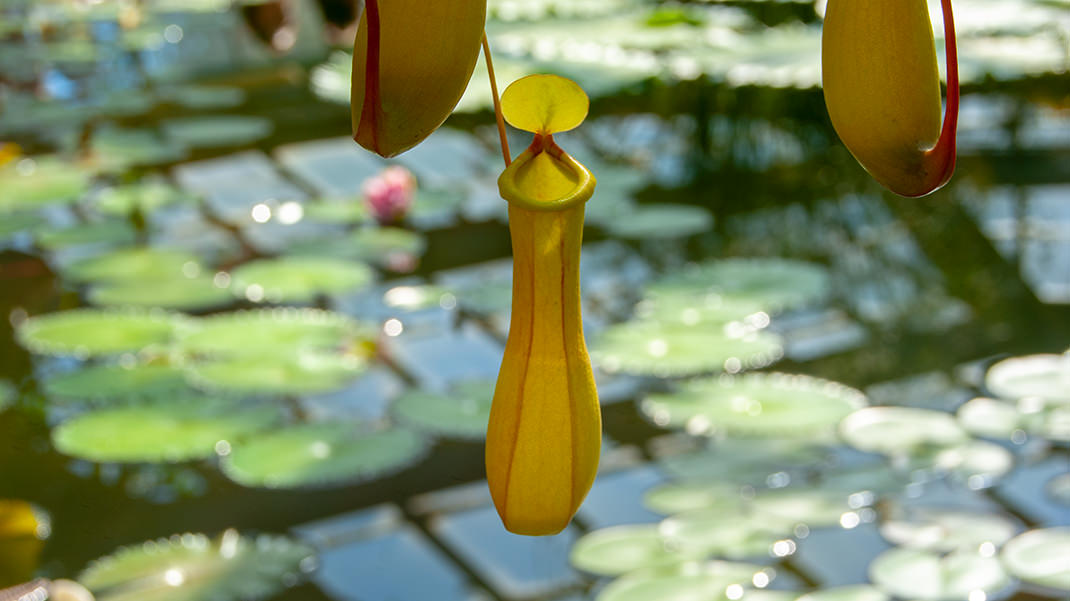
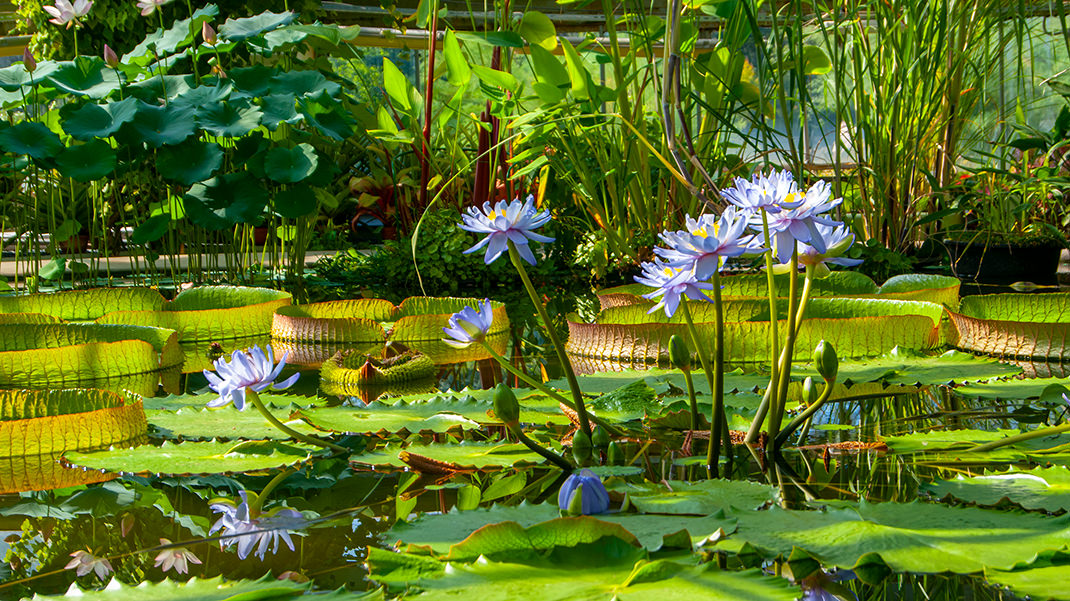
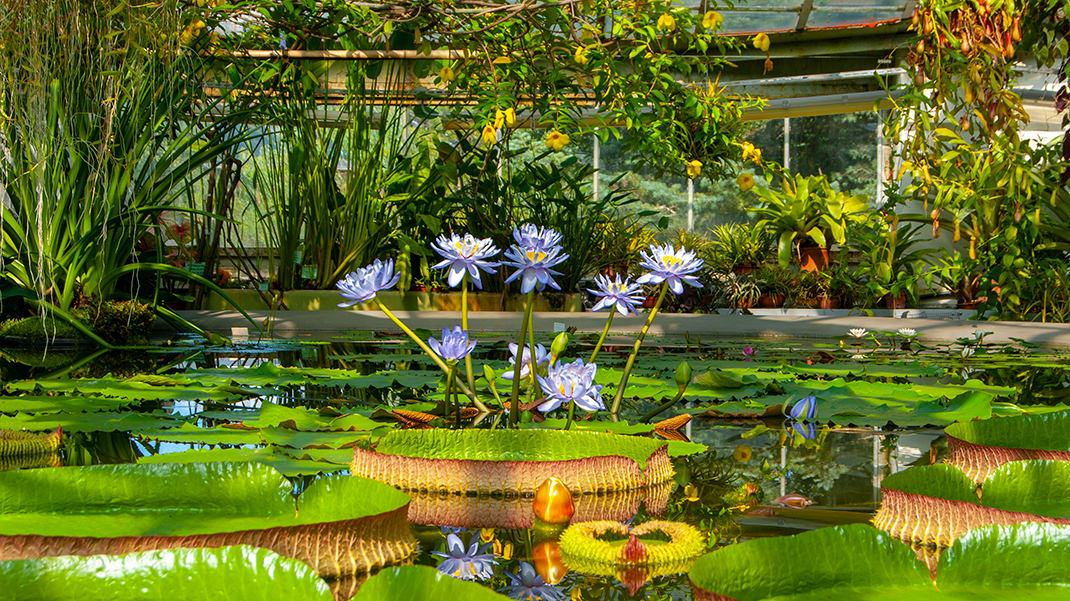
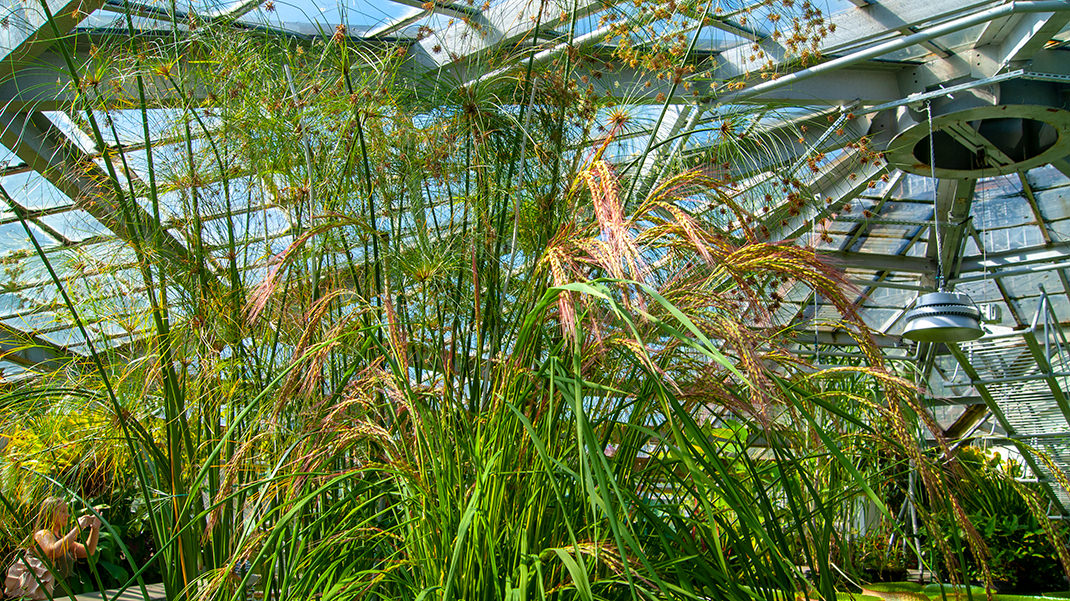
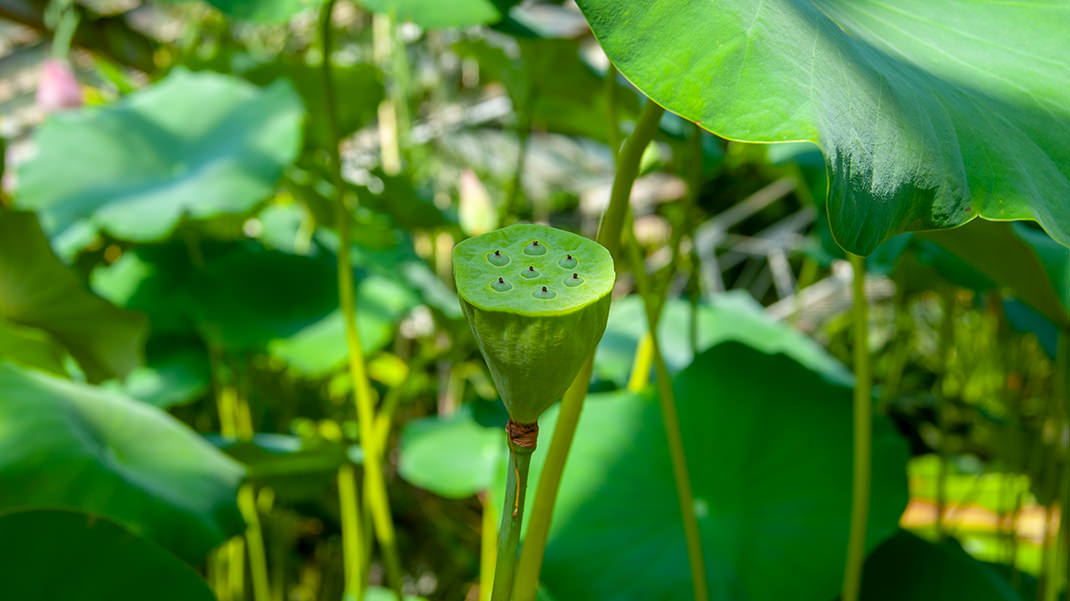
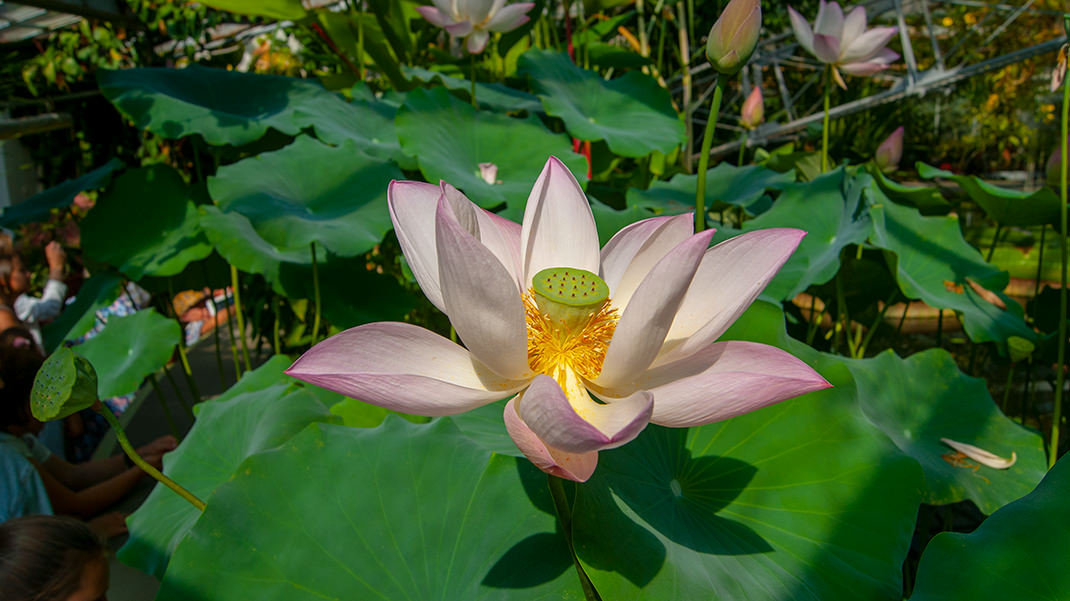
We recommend the tour of the St. Petersburg Botanical Garden for a family or solo visit—you won’t be indifferent to this exotic beauty.
In summary:
- The guide is very knowledgeable, and the talk is both informative and interesting;
- The meeting point is about a 7-minute walk from the ticket office, so plan accordingly;
- After the tour, you can stroll around the open areas of the garden.
- Part 1. Peter the Great Botanical Garden
- Part 3. Tropical Route in the Botanical Garden
- Part 4. Subtropical Route in the Botanical Garden


